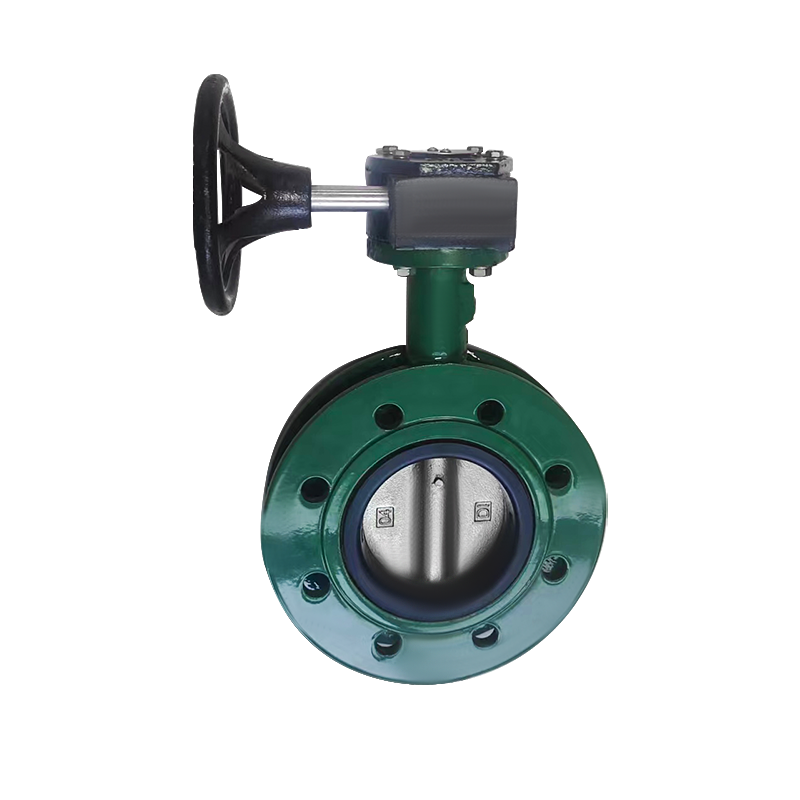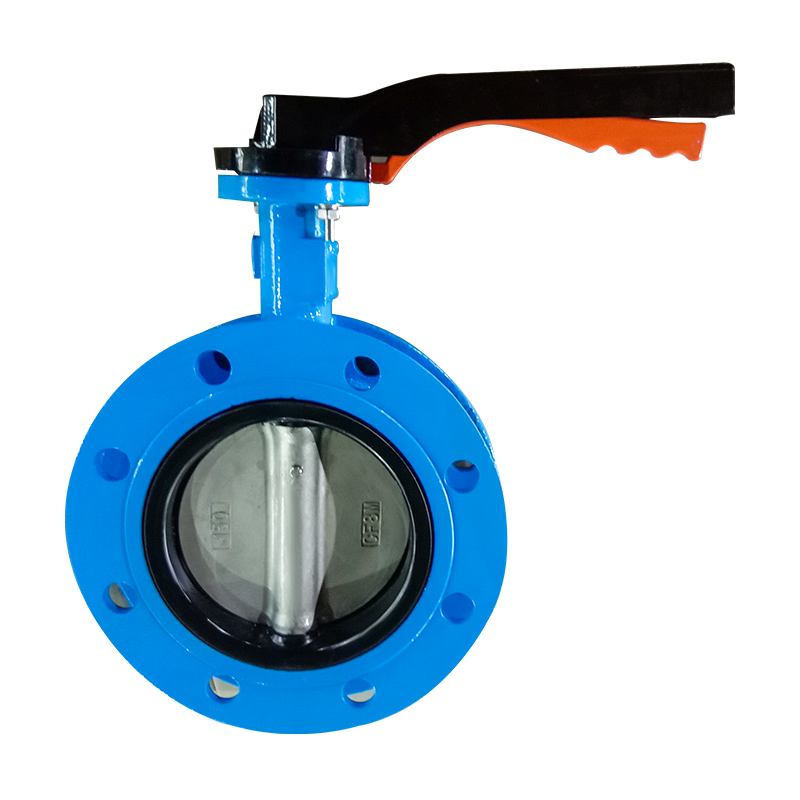
- Call Us
- +8618633052223
- njhdvlz@163.com
Jul . 22, 2025 00:01 Back to list
2 Inch Butterfly Valve | High-Performance & Compact
Butterfly valves represent critical flow control solutions across industrial applications, with the 2 inch butterfly valve being one of the most versatile and commonly specified sizes. As industries increasingly demand precision fluid handling, understanding the engineering specifications, material science, and operational parameters of these components becomes essential. This guide examines the 2 in butterfly valve alongside larger variants like the 16 inch butterfly valve and 18 inch butterfly valve, providing technical insights validated by industry standards.
Explore Our Valve SolutionsNINGJIN COUNTY HONGDA VALVE CO.,LTD.
Global manufacturer of industrial valves meeting international quality standards since 1998
Featured Product: Series F101 U-Section Wafer Type Butterfly Valve

Technical Compliance: MSS SP-67, BS5155, API 609
Flange Compatibility: GB, ANSI, DIN, BS, JIS
Sizes: 1½″ to 48″ (including standard 2 inch butterfly valve and custom 18 inch butterfly valve)
Design Variants: Wafer type, Lug type, U-section wafer type body
Full Technical Specifications

Technical Parameters & Performance Metrics
| Parameter | Standard Range | High-Performance | Sanitary Grade |
|---|---|---|---|
| Pressure Rating | 150 PSI | 250 PSI | 100 PSI |
| Temperature Range | -20°F to 400°F | -320°F to 1000°F | 32°F to 250°F |
| Flow Coefficient (Cv) | 55-65 | 48-58 | 60-70 |
| Seat Materials | EPDM, Buna-N | PTFE, PEEK | Silicone, EPDM |
Pressure Tolerance Comparison by Valve Size
Material Selection by Application
Flow Efficiency (Cv) by Valve Design
Industrial Applications by Valve Size
2 inch butterfly valve Applications
- Chemical dosing systems
- HVAC chilled water circuits
- Food processing lines
- Pharmaceutical transfer systems
- Semiconductor cooling systems
16/18 inch butterfly valve Applications
- Municipal water treatment plants
- Power plant cooling systems
- Bulk chemical transfer
- Oil & gas pipeline manifolds
- Shipboard firefighting systems
"The shift toward engineered polymers in valve seating has increased the reliability of 2 in butterfly valve components in abrasive media applications by 60% compared to traditional elastomers."
Technical FAQ: Butterfly Valve Engineering
Emerging Industry Developments
The valve industry is witnessing increased demand for specialized solutions:
Smart Valve Integration
Embedded IoT sensors in industrial valves provide real-time monitoring of operating parameters. As noted in Flow Control Magazine, modern 2 in butterfly valve installations increasingly feature wireless torque monitoring.
Material Advancements
Development of reinforced thermoplastic composites for seats and seals has enabled 300% longer service life in abrasive slurry applications according to Materials Engineering Journal studies.
Standardization Efforts
The European Committee for Standardization is developing new testing protocols for high-cycle valves, impacting manufacturing requirements for 18 inch butterfly valve products in water treatment applications.
Technical References & Industry Citations
-
2 Inch Butterfly Valve | High-Performance & Compact
NewsJul.22,2025
-
Compact Double Flanged Short Pattern Butterfly Valve | Space-Saving Design
NewsJul.21,2025
-
Series F170 Lug Type Butterfly Valve: Durable Flow Control Solution
NewsJul.21,2025
-
High-Quality PTFE Check Valve Manufacturer Reliable PTFE Check Valve Suppliers & Factories
NewsJul.08,2025
-
Techno Check Valve - Reliable Flow Control Solutions from Leading Manufacturer and Suppliers
NewsJul.08,2025
-
Butterfly Valve 65mm Price - Reliable Factory Supplier & Exporter
NewsJul.07,2025